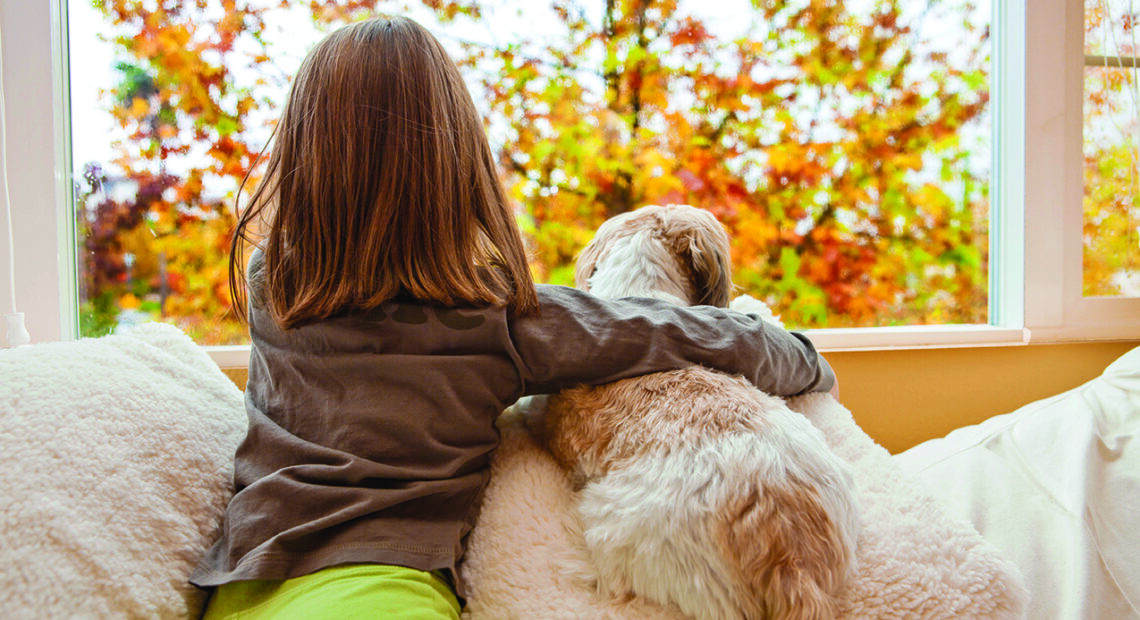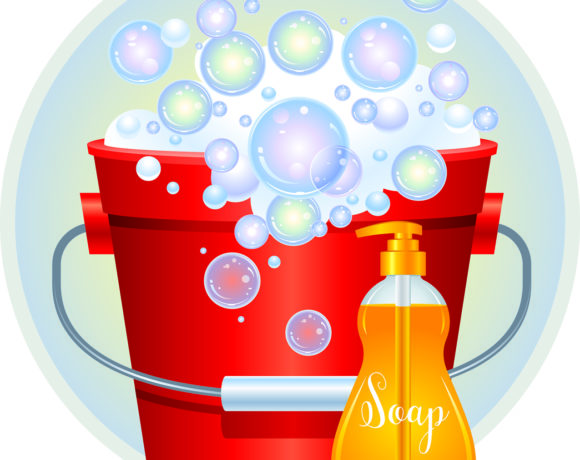Parents recognize the strong bonds children form with their pets. The unconditional love companion animals offer can be just what kids need at the end of a school day, and it’s hard for people of any age to resist cuddle time with a cat or a game of fetch with Fido.
Pets also can provide a way to foster growth in youngsters. According to Michigan State University Extension, pet ownership can teach kids responsibility and help them to develop important life skills like trust and compassion. But it’s important that parents avoid assigning too much pet-related responsibilities to children, particularly young kids. For instance, the American Academy of Child & Adolescent Psychiatry notes that children age four and younger do not have the maturity to control their aggressive and angry impulses. As a result, kids age four and younger should be monitored at all times when they are in the company of pets.
As children grow older, they can be assigned additional and more significant responsibilities related to caring for pets. Though parents are urged to give strong consideration to their children’s maturity levels before assigning chores related to caring for pets, the following breakdown can serve as a guide for moms and dads who want to involve their youngsters in caring for the family pet.
Kids
ASPCA® Pet Health Insurance notes that it’s best to assign simple tasks as kids start to pitch in with pet care. Kids can be assigned water bowl duty after being shown how to refill the water bowl. Training is often necessary when welcoming a new pet into the home, and kids can sit in on training sessions and ultimately participate. This not only teaches kids how to interact with pets, but also acclimates animals like dogs to listening and following commands from kids.
When teaching kids to care for pets, encourage a gentle approach. Discourage kids from playing rough with pets, instead noting the importance of gentle petting and delivering voice commands without yelling.
Adolescents
Adolescents and, depending on their maturity levels, pre-adolescents can be given more significant pet care responsibilities. Modern middle schoolers and high school students are busier than ever, so parents may want to avoid overloading such youngsters with too much pet-related responsibilities. However, ASPCA® Pet Health Insurance notes adolescents can take dogs for after-school walks and even participate in less enjoyable tasks, such as cleaning up messes in the yard and emptying the litter box. These responsibilities can be shared among all members of the household so kids don’t feel as though they’ve been given the short (and stinky) end of the responsibility stick. Adolescents also can be given responsibilities like feeding pets in the morning or evening, taking them outside to relieve themselves and cleaning up pet play areas, including vacuuming such spaces. A daily task like cleaning a pet’s dishes is another pet-related responsibility that pre-adolescents and adolescents can handle.
Parents decide how much pet-related responsibilities their children can handle. But involving kids in caring for pets can help youngsters grow and serve as a great way to teach them important life lessons.








Recent Comments